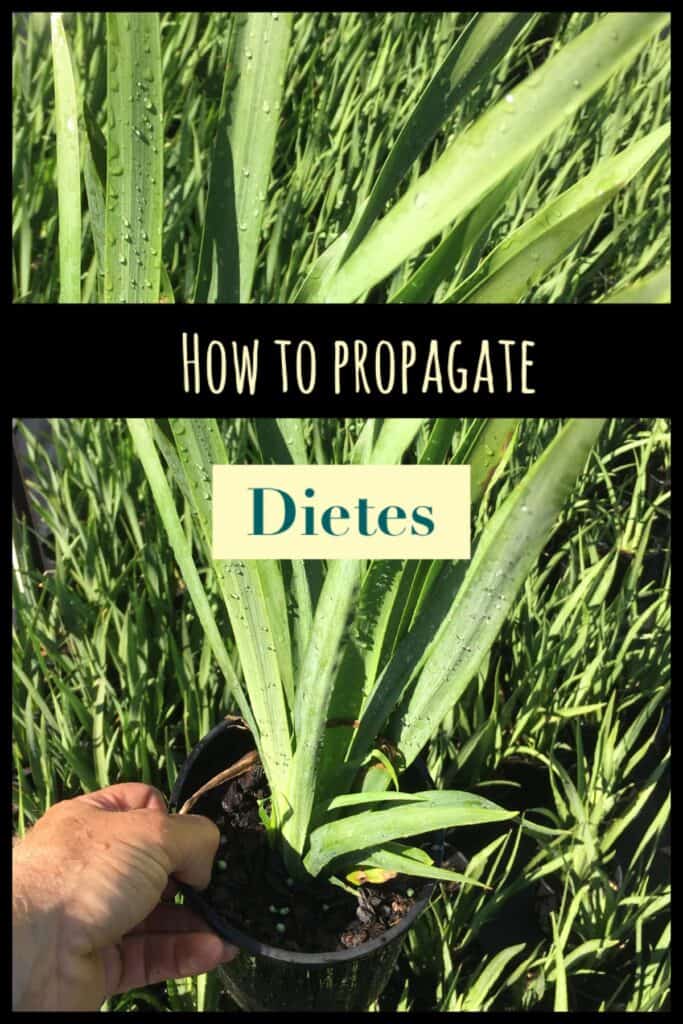
How to propagate Dietes
This is a short guide on the method we use to propagate dietes. Each year we produce thousands of dietes by collecting and sowing the seed.
Collect the seed
Dietes iridioides flowers throughout the warmer month of the year. Seed pods are formed after flowering on the stems where the flowers were.
We find the plant flowers most during the middle of summer and in autumn there is an abundance of seed pods ripe for harvesting. We remove the pods from the plant before they start to split open.
We then manually open the pod to remove the seeds. Each pod as a large amount of small seeds. The seeds if ripe, should be a coffee bean colour.
Because we are propagating for profit we collect thousands of seeds. For the home gardener 5 pods should provide over 100 seeds. The success rate is excellent and any excess plants can be shared with friends and family.
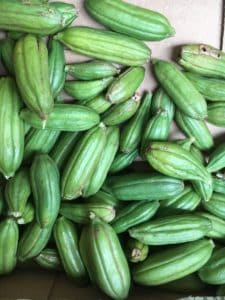
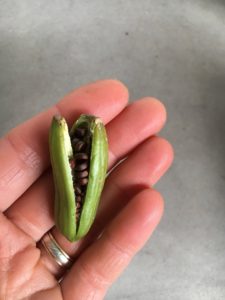
Sow the seed
Once the seed is collected it’s best to sow it while its fresh. We say this with all seed, once it’s ripe it’s ready for the soil.
We take a standard seedling tray and fill it with a good quality potting mix. Cover the surface with the seeds. Then lightly cover them with potting mix. Don’t pat or compact the potting mix.
Water them in well. Store in a sheltered position. Ours are stored in an igloo or cold frame but anywhere safe from the worst of the elements and animals should be fine.
Keep the tray moist but not wet.
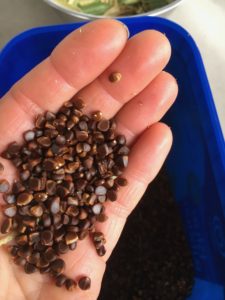
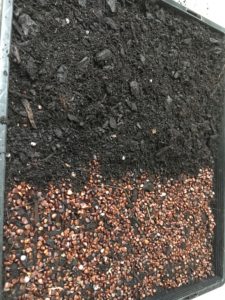
2-3 Months later
It doesn’t take too long for the seeds to germinate.
We like to wait a few months to let them get a bit of size on them before we pot them up.
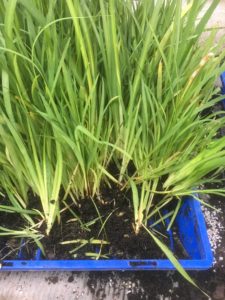
Pot your seedlings
We pot our seedlings into a 2′ (50mm) pot. You can use a bigger pot if you prefer, we just do this to save on space in the nursery while we wait for the root system to develop.
Select the healthiest seedlings for potting. Use a good quality potting mix.
Once you’ve potted the seedlings up, water them well. We like to use seasol, it helps reduce the plant shock during transplanting, it also promotes root growth. Seasol is a seaweed based liquid fertiliser.
Store the freshly potted seedlings in a sheltered position. Keep out of direct sunlight and wind at least for the first month.
Once the plants have developed a strong healthy root system in the pot they can be planted out in the garden.
Hope you are enjoying our content and you would like to see more, please feel free to subscribe. Happy planting:)
Below is a short video showing the above steps.
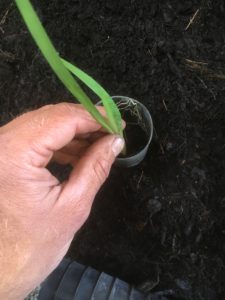
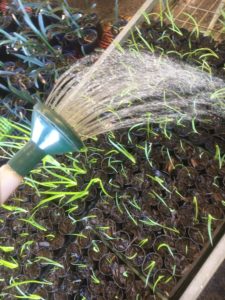
Propagation Kit
We have also put together a resource page that contains links to the products we use or similar. If you want to check that out click the link.
Propagate dietes video
CLICK HERE TO SEE OTHER PLANTS WE PROPAGATE
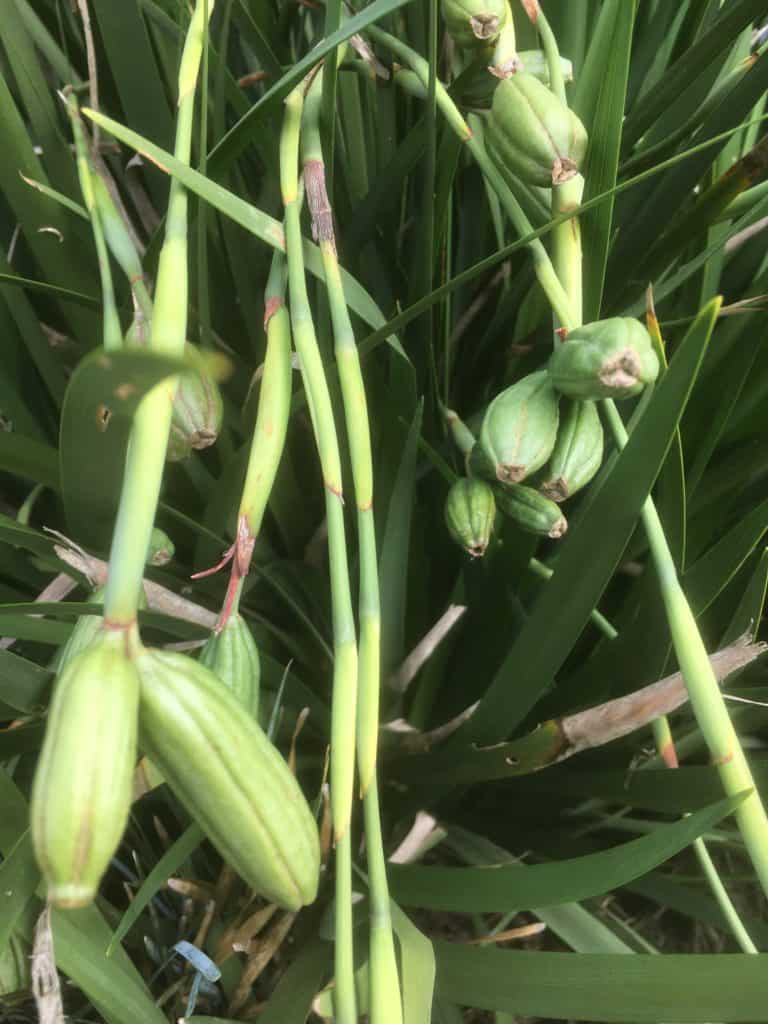
Dietes iridioides-Butterfly iris care
Dietes iridioides Butterfly iris is a evergreen clump forming perennial. It has long dark green sword like leaves. From spring through till autumn it produces white iris like flowers with yellow and mauve markings.
Butterfly iris is a popular plant for mass plantings, erosion control, in rockeries or around larger water gardens.
Can be grown in most soil conditions. A very hardy plant. Grow in full sun or part shade. Clumps can be divided as necessary.
Cultural notes
Botanical name: Dietes iridioides
Common name: Butterfly iris, wild iris
Family: Iridaceae
Native to: Africa
Flowers: spring-autumn
Position: Full sun/Part shade
Height: 60cm
Width: 1m
